The suni (Neotragus moschatus) is a small and elusive antelope species that inhabits the dense forests and thickets of sub-Saharan Africa. With its diminutive size, delicate features, and secretive nature, the suni holds a special place in the hearts of nature enthusiasts and researchers alike.
Suni like dense, dry underbrush in montane forests over 9000 feet or riparian reed scrub as a habitat. They are extremely timid and secretive, and they are only active in the evenings or at night. They spend much of the day resting in safe and shaded regions, and they are known to freeze in order to blend in with their environment while trying to avoid predators. Leaves, fungus, fruits, and flowers make up the diet. Although suni like to reside near a water source, they can go for extended periods without water. Males are territorial and mark their territory with dung heaps and preorbital gland secretions. They frequently share their territory with one partner and additional females.
After a six-month gestation period, females give birth to one calf.
This species is mostly endangered by habitat degradation and excessive human hunting. Conservationists are striving to manage the species’ remaining habitat, and the suni hunting season is confined to only six months each year.
Suni: Species Profile
COMMON NAME: Suni
SWAHILI NAME: Suni
SCIENTIFIC NAME: Neotragus moschatus
TYPE: Mammal
FOOD: The suni is a herbivorous animal that primarily feeds on leaves, shoots, fruits, and flowers. It is known to have a selective diet, focusing on specific plant species available in its habitat.
HABITAT: Sunis are found in dense forests, thickets, and shrublands across East and Southern Africa. They prefer areas with abundant vegetation and adequate cover for protection.
SIZE: Sunis are small antelopes, with adults measuring around 40-50 centimeters (15-20 inches) at the shoulder. They have slender bodies and short, upright horns in males.
AVERAGE LIFE SPAN IN THE NATURAL HABITAT: In the wild, sunis have an average lifespan of 10-12 years. However, some individuals have been known to live up to 15 years.
ACTIVE: Sunis are primarily active during the early morning and late afternoon hours. They are generally solitary animals but can be found in pairs or small family groups consisting of a male, female, and their offspring.
GESTATION PERIOD: The gestation period of a suni is approximately six months. After this period, the female gives birth to a single calf, which is able to stand and walk shortly after birth.
WEIGHT: Adult sunis weigh around 4-7 kilograms (8.8-15.4 pounds), with males being slightly larger and heavier than females.
Physical Features and Adaptations:
The suni is one of the smallest antelope species, with adults typically measuring about 12 to 17 inches (30 to 45 cm) at the shoulder. They have a reddish-brown coat with a lighter underbelly, and males sport short, straight horns, while females are hornless. Their compact body, slender legs, and rounded ears aid in navigating the dense vegetation of their forest habitat. Additionally, their large, dark eyes and excellent hearing allow them to detect potential threats and predators.
Habitat and Distribution:
Suni antelopes are primarily found in the woodlands, thickets, and coastal forests of East Africa, including countries like Kenya, Tanzania, and Mozambique. They are highly adapted to living in dense vegetation and seek shelter in the understory, relying on their camouflage to avoid detection. Their preference for dense cover has made them particularly well-suited to the challenging environments of forested regions.
Behavior and Feeding Habits:
Secretive Nature:
Suni are notoriously elusive and tend to be solitary or form small family groups consisting of a male, a female, and their offspring. They are primarily active during the early morning and late afternoon hours, using their keen senses to navigate their surroundings. Their secretive nature and preference for dense cover make them difficult to observe in the wild.
Herbivorous Diet:
Suni antelopes are primarily browsers, feeding on leaves, fruits, and shoots found within their forest habitat. They have a specialized diet that includes a variety of plant species, allowing them to adapt to the seasonal availability of food. Their ability to extract nutrients from a diverse range of vegetation is essential for their survival in the forest environment.
Conservation Status and Efforts:
The suni is currently classified as a species of “Least Concern” on the International Union for Conservation of Nature (IUCN) Red List. However, like many other wildlife species, they face threats such as habitat loss due to deforestation and fragmentation. Conservation efforts focused on protecting and restoring forest habitats, implementing sustainable land management practices, and reducing poaching can contribute to the long-term survival of the suni.
Zanzibar Suni
The Zanzibar suni is an endemic type of antelope and subspecies of the suni, on the islands Zanzibar, off the tanzanian cost bordering the Indian ocean. It is a little antelope that is also known as the dwarf antelope. Adults are just 13 to 15 inches tall at the shoulder and weigh 10 to 12 pounds. They have a reddish brown body with a darker back, sides, and legs. The belly and chin are both white, and there are black rings around the eyes and hooves. They also have white patches on their fur that help them hide from predators. Males have horns that can grow to be three to five inches long. Females are devoid of horns.
Neotragus moschatus
The Neotragus moschatus (suni’s) delicate and elusive nature adds to its mystique, making it a captivating representative of the African forests. Despite its small size, the suni plays a vital ecological role in its habitat and serves as an indicator of the health of the forest ecosystem. By supporting conservation initiatives, promoting sustainable land use, and raising awareness about the importance of protecting the suni and its forest home, we can contribute to the preservation of this unique antelope species and the rich biodiversity of Africa’s forests.
Suni Adaptations:
The suni (Neotragus moschatus) is a small antelope species native to East Africa, known for its remarkable adaptations that enable it to thrive in its environment. These adaptations have allowed the suni to successfully navigate the challenges posed by its habitat and predators. Let’s explore some of the key adaptations of the suni:
1. Size and Morphology
Suni antelopes are small in size, with adults typically weighing between 10 to 20 pounds (4.5 to 9 kilograms). Their compact size and slender build allow them to move swiftly through dense vegetation and escape predators more easily.
2. Camouflage
The suni’s reddish-brown coat helps it blend seamlessly with its surroundings, providing effective camouflage in the forest undergrowth. This coloration allows them to remain hidden from predators and increase their chances of survival.
3. Scent Marking
Suni possess specialized glands located between their hooves, which they use for scent marking. By rubbing their feet on the ground, they leave behind scent signals to communicate with other suni and establish territories. This behavior helps prevent unnecessary conflicts and ensures successful mating opportunities.
4. Nocturnal Behavior
Suni are primarily crepuscular and nocturnal animals, meaning they are most active during the twilight hours and night. This behavior reduces their exposure to diurnal predators and allows them to forage for food under the cover of darkness when it is safer.
5. Agility and Alertness
Suni have evolved exceptional agility and are highly alert to potential dangers. They possess long and slender legs, which enable them to navigate through dense vegetation and quickly change direction when threatened. Additionally, their large ears and eyes provide excellent sensory perception, helping them detect predators at a distance.
6. Water Conservation
In their native habitat, water sources may be scarce or widely dispersed. To cope with this challenge, suni have developed efficient water conservation mechanisms. They can obtain moisture from the plants they consume and have the ability to reabsorb water from their urine, minimizing water loss and enabling them to survive in arid conditions.
7. Reproductive Strategies
Suni have adapted their reproductive strategies to ensure the survival of their offspring. Females typically give birth to a single fawn, which is well-developed and able to walk within hours of being born. This adaptation increases the chances of survival for the young suni, as they can quickly keep up with the herd and escape potential threats.
Survival Strategies of a Small African Antelope
The suni’s adaptations reflect its ability to thrive in its specific habitat and navigate the challenges it faces. From its small size and camouflage to its scent marking and nocturnal behavior, each adaptation plays a crucial role in its survival. By understanding and appreciating these adaptations, we can gain a deeper appreciation for the remarkable diversity and resilience of wildlife in East Africa.
Where to See Suni in Tanzania:
The suni (Neotragus moschatus) is a small antelope species that can be found in various regions of East Africa, including parts of Tanzania. While relatively elusive and secretive, there are a few locations where you may have the opportunity to spot these fascinating creatures. Here are some places to consider for observing suni in Tanzania:
1. Coastal Forests
Suni are known to inhabit the coastal forests of Tanzania, particularly those found in the eastern part of the country. These forests, such as the East Usambara Mountains and the coastal areas near Dar es Salaam, provide the suni with suitable habitat, characterized by dense undergrowth and an abundance of food sources.
2. Selous Game Reserve
The Selous Game Reserve, located in southern Tanzania, is the largest protected area on the African continent and is home to a diverse range of wildlife. While the reserve is known for its populations of larger animals such as elephants and lions, it also provides a habitat for smaller species like the suni. Exploring the woodlands and riverine areas of Selous may increase your chances of encountering these elusive antelopes.
3. Ruaha National Park
Ruaha National Park, situated in central Tanzania, is renowned for its stunning landscapes and rich biodiversity. The park is home to a variety of wildlife, including a healthy population of suni. As you explore the park’s diverse ecosystems, including woodlands and riverbanks, keep a keen eye out for these small antelopes, which may be spotted foraging in the undergrowth.
4. Udzungwa Mountains National Park
Udzungwa Mountains National Park, located in the Southern Highlands of Tanzania, offers a unique opportunity to observe suni in their natural habitat. This park is known for its lush rainforests and endemic species, making it an ideal destination for nature enthusiasts. Guided hikes along the park’s trails may lead you to encounters with suni, particularly in areas where there is dense vegetation and suitable food sources.
5. Saadani National Park
Saadani National Park, situated along the coast of Tanzania, provides a distinctive setting for wildlife viewing. It is the only national park in East Africa that borders the Indian Ocean, creating a fascinating blend of ecosystems. The park’s coastal forests and riverine areas offer potential sightings of suni, especially during early morning or late afternoon game drives.
Exploring the Habitat of a Fascinating Antelope
When venturing into the natural habitats of suni, it is essential to respect their space and behave responsibly. Engaging the services of experienced local guides will not only enhance your chances of spotting these elusive antelopes but also ensure minimal disturbance to their natural behavior.
Suni Safari Tips:
Embarking on a safari to observe the suni (Neotragus moschatus) in its natural habitat can be an exciting and rewarding experience. These small antelopes are known for their elusive nature, but with careful planning and preparation, you can increase your chances of spotting them. Here are some safari tips to enhance your suni-watching adventure:
1. Choose the Right Time
Suni are primarily active during the early morning and late afternoon, making these the best times to search for them. Plan your safari schedule accordingly, ensuring that you have ample time during these periods to explore their habitats.
2. Opt for Guided Safaris
Engaging the services of experienced guides who are familiar with the behavior and habitat of suni can greatly enhance your safari experience. Local guides possess valuable knowledge and insights that can help you locate suni more effectively and understand their behaviors and adaptations.
3. Explore Suitable Habitats
Suni prefer dense vegetation, such as coastal forests and woodlands, where they can find cover and abundant food sources. Focus your safari efforts on exploring these habitats, keeping a keen eye on the undergrowth and areas with suitable vegetation.
4. Practice Patience and Silence
When observing suni, patience is key. These antelopes are naturally wary and may retreat further into the undergrowth at the slightest disturbance. Maintain a quiet and calm demeanor, minimizing unnecessary noise and sudden movements to avoid alarming them.
5. Use Binoculars and Spotting Scopes
Suni can be quite small and easily blend into their surroundings. Equipping yourself with binoculars or a spotting scope will allow you to scan the landscape more effectively and increase your chances of spotting these elusive creatures, even from a distance.
6. Stay Alert and Observant
Keep your senses sharp while on safari. Look for signs of suni presence, such as fresh tracks, browsing marks on vegetation, or scat. These indicators can guide you to areas where suni may be active and increase your chances of a sighting.
7. Respect Wildlife and Habitat
During your safari, it is crucial to respect the natural environment and the wildlife you encounter, including suni. Observe from a safe distance, avoid approaching or disturbing them, and adhere to park regulations and guidelines to ensure the conservation of these beautiful creatures and their habitat.
8. Capture Memories Responsibly
If you are a photography enthusiast, capturing images of suni can be a thrilling experience. However, always prioritize the well-being of the animals and their natural behavior. Use zoom lenses or telephoto lenses to photograph from a distance and avoid any actions that could cause stress or disturbance to the suni or other wildlife.
Enhancing Your Experience in the Search for the Elusive Antelope
Remember, encountering suni in the wild is a privilege, and observing them in their natural habitat should be done with the utmost respect and appreciation for their adaptations and conservation. Enjoy the unique experience of witnessing these elusive antelopes and the beauty of the African wilderness.
Frequently Asked Questions about Suni:
As you embark on your quest to learn more about the suni (Neotragus moschatus), a small and elusive antelope species, you may have some questions. Here are some frequently asked questions about suni, along with their answers:
1. What is the habitat of the suni?
Suni are typically found in dense vegetation, such as coastal forests, woodlands, and riverine areas. They prefer habitats with ample cover and a variety of food sources.
2. How big are suni?
Suni are relatively small antelopes, with adults reaching a shoulder height of around 12 to 15 inches (30 to 38 cm) and weighing between 10 to 20 pounds (4.5 to 9 kg).
3. What do suni eat?
Suni are primarily browsers, feeding on a variety of leaves, shoots, fruits, and flowers. They are known to have a selective diet, choosing specific plant species based on availability and nutritional value.
4. Are suni solitary animals or do they live in groups?
Suni are generally solitary animals, with males and females only coming together for mating. They establish small territories and are known to be territorial.
5. Are suni endangered?
Suni are currently listed as a species of “Least Concern” by the International Union for Conservation of Nature (IUCN). However, localized threats such as habitat loss and fragmentation can pose risks to their populations in certain regions.
6. What are some adaptations of the suni?
Suni have several adaptations that help them survive in their environment. These include their small size, which allows them to navigate through dense vegetation, their elongated hooves for agile movement, and their keen senses of hearing and smell to detect potential dangers.
7. How can I differentiate between male and female suni?
Male suni typically have small, straight horns, while females are hornless. Additionally, males may display scent marking behaviors to establish their territories.
8. Can I keep suni as pets?
Suni are wild animals and are not suitable for domestication or pet keeping. It is important to appreciate them in their natural habitat and support their conservation efforts.
9. Are suni active during the day or night?
Suni are primarily crepuscular, meaning they are most active during the early morning and late afternoon. This allows them to avoid the heat of the day and potential predators.
10. Can I approach suni if I encounter them in the wild?
It is important to maintain a respectful distance from suni and observe them from a safe and non-disruptive position. Approaching or disturbing them can cause stress and alter their natural behaviors.
Exploring the World of the Elusive Antelope
These are just a few of the commonly asked questions about the suni antelope. Exploring the world of these elusive creatures can be a fascinating journey, and by understanding their behaviors and adaptations, you can develop a deeper appreciation for their place in the natural world.

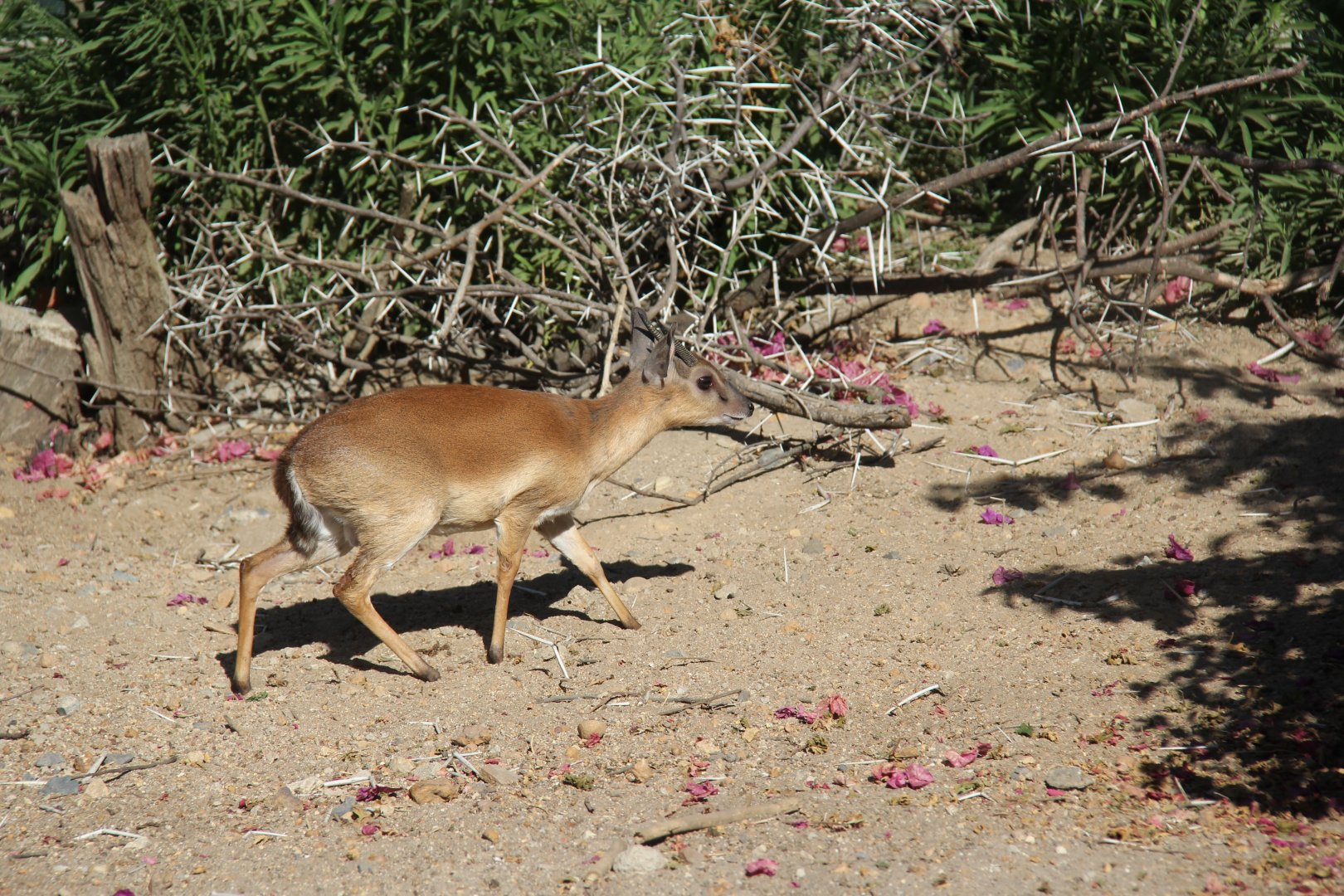
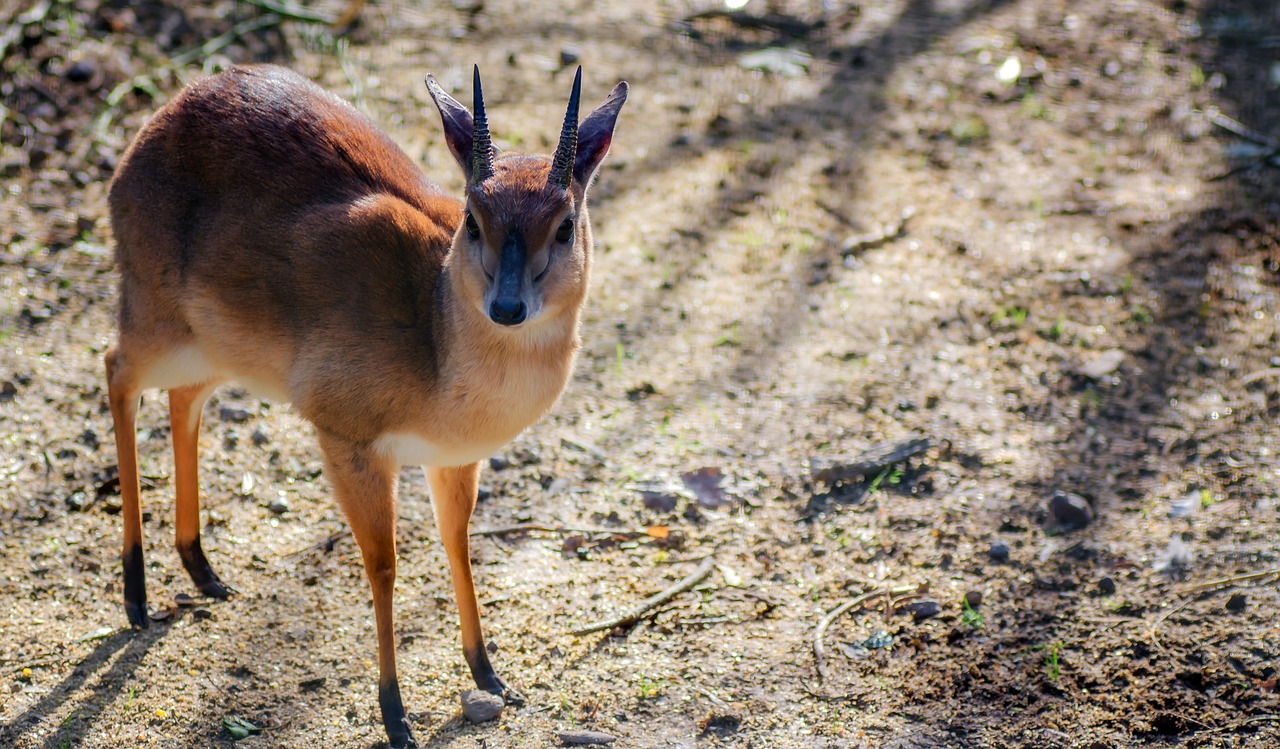
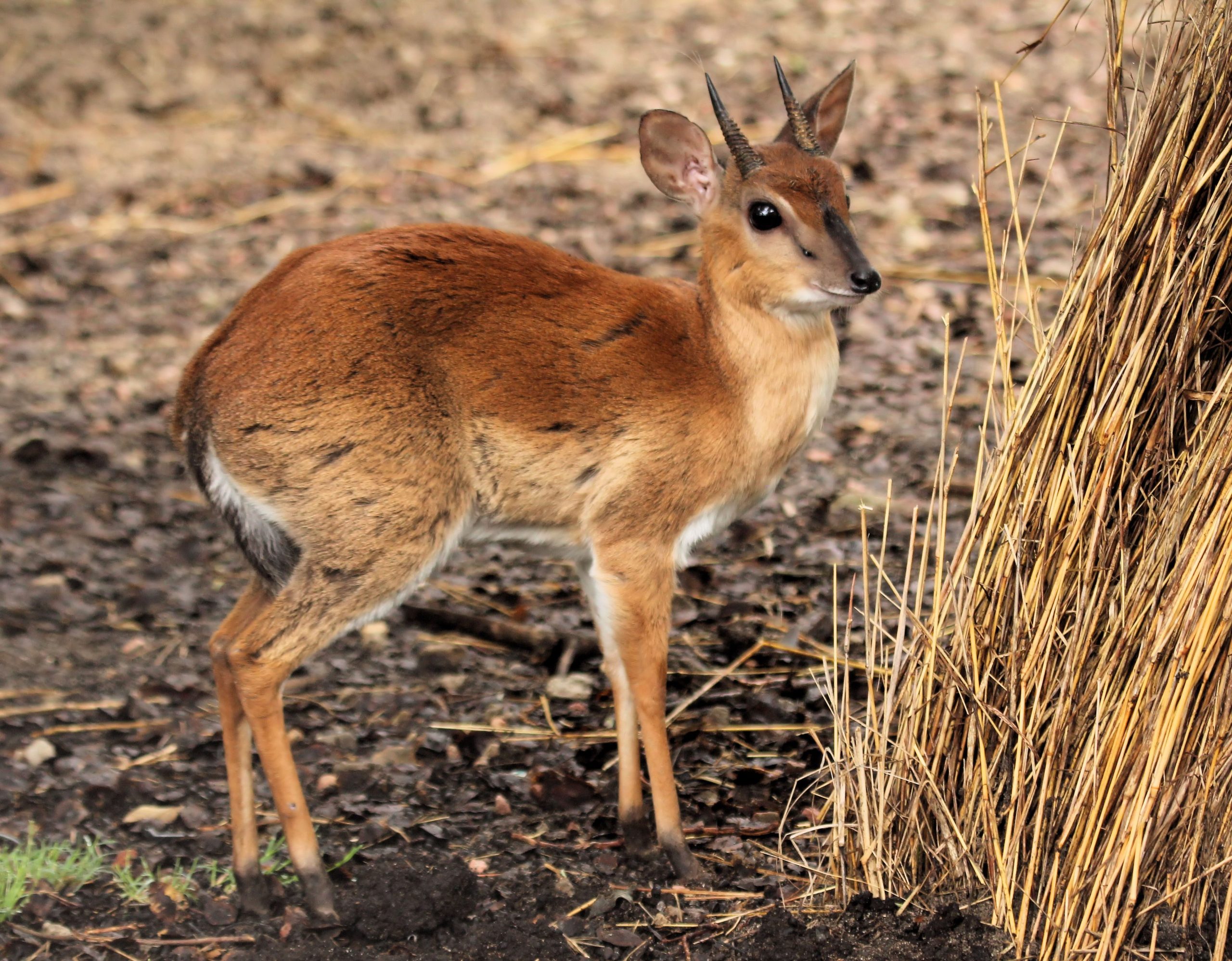
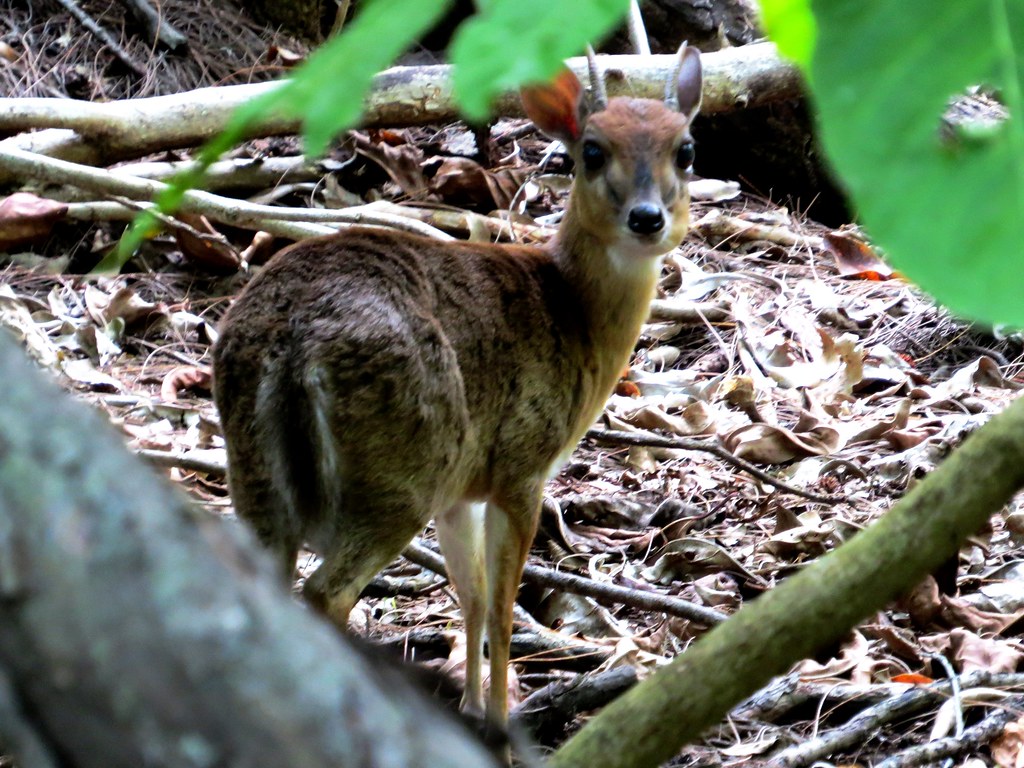
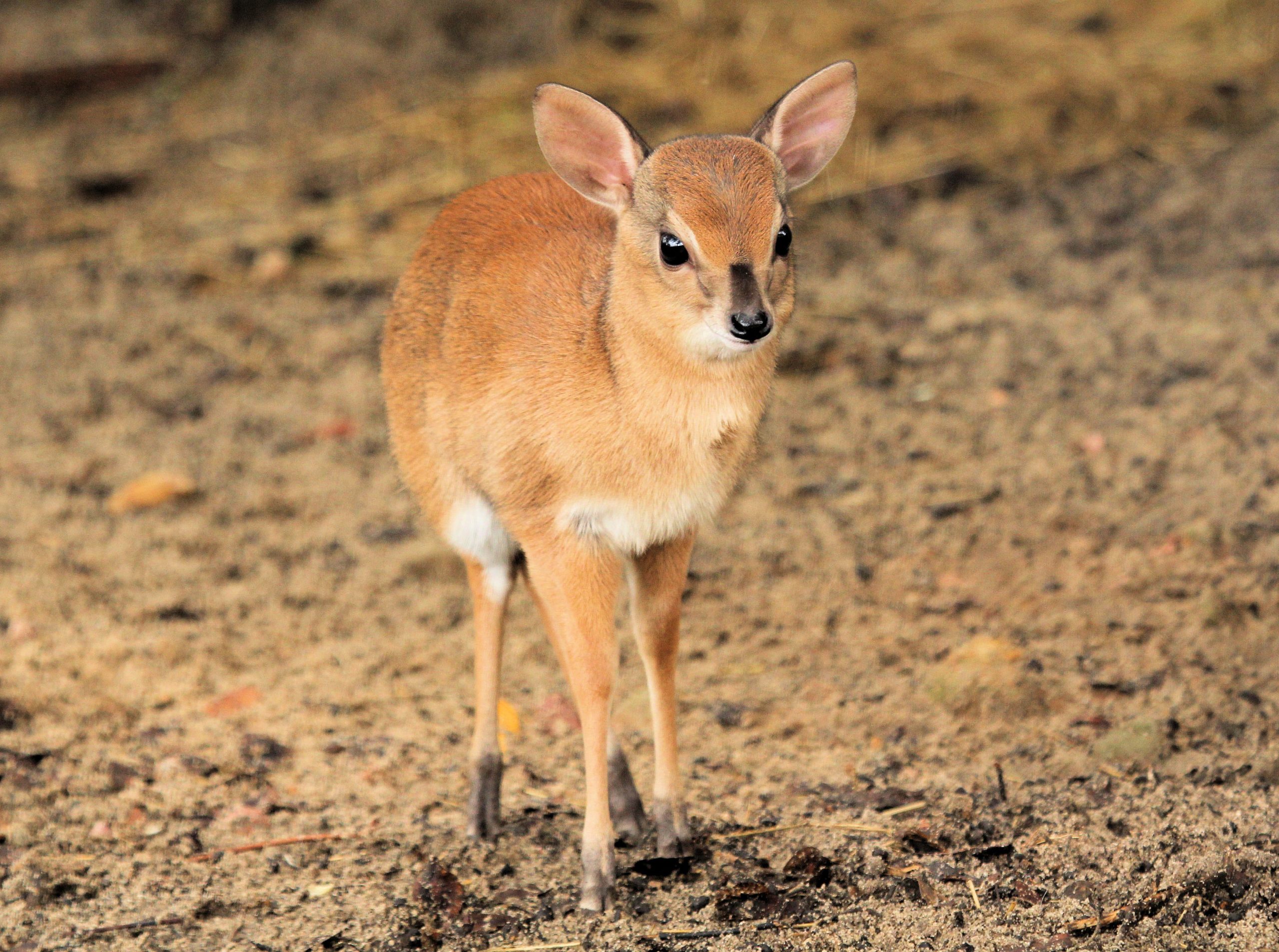


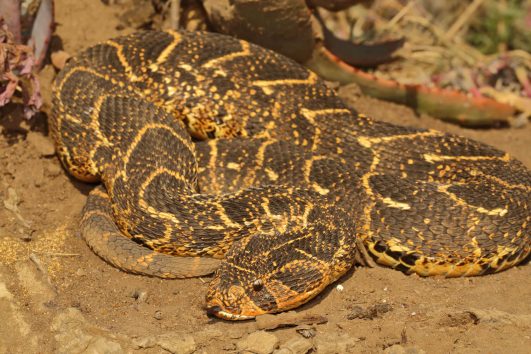
Tour Reviews
There are no reviews yet.
Leave a Review